Caste Dominance in Nepal: A Deep-Rooted Structural Reality
Nepal’s modern political and bureaucratic institutions continue to be dominated by members of the Khas Arya group, particularly Brahmins (Bahuns) and Chhetris (Kshatriyas). Despite constituting only around 28–29% of the total population, they hold the majority of high-level positions in government, politics, and public administration.
Data from the fiscal year 2017–18 shows that Brahmins made up 33.3% and Chhetris 20.01% of all government job recruits. These numbers are especially concerning given the presence of reservation policies aimed at improving representation for marginalized communities.
In fact, an analysis revealed that 91.2% of top government positions—including secretaries, judges, diplomats, and senior military officials—are held by people from high castes, especially Brahmins and Chhetris. This leaves Dalits, who make up 12.8% of the population, with little to no representation in key decision-making spaces.
The demographic dominance is even more pronounced in certain regions. In the hilly districts of Nepal, Chhetris account for up to 41% of the population, followed by 31% Brahmins, while marginalized castes and ethnic groups make up only 27%. These figures show how caste hierarchy is embedded not just in culture, but also in the everyday functioning of the state.
As sociologist David Gellner notes, this dominance is not accidental. It is part of a historical and conscious effort to maintain upper-caste hegemony over public resources, cultural identity, and political direction.
Marginalization and Structural Exclusion
This imbalance comes at a high cost for marginalized communities—especially Dalits, Janajatis, Madhesis, and Muslims—who face systematic discrimination in education, employment, housing, and political participation.
Educational access remains severely unequal. While over 88% of Khas Brahmins and Chhetris have access to schooling, nearly 52% of Hill Dalits, 47% of Tarai Dalits, 48% of Muslims, and 30% of Hill Janajatis have never been to school. This disparity is a direct result of generational exclusion, fueled by poverty, social stigma, and lack of political will to build inclusive systems.
Reservation policies meant to uplift these groups have failed in practice. Instead of being avenues for empowerment, they are often captured or bypassed by elite groups through loopholes or favoritism. This continues to undermine social mobility and foster intergenerational inequality.
The consequences of this systemic discrimination go beyond policy failure. There are deadly effects, too. In 2020, the Rukum massacre shocked the nation when six young men—mostly Dalits—were killed in a caste-related attack while attending a wedding in western Nepal. The incident sparked outrage, but it was hardly an isolated case. Caste-based violence remains underreported and under-prosecuted.
Discrimination is present even in daily life. A widely publicized case involved Rupa Sunar, a Dalit media professional, who was denied housing by a landlord because of her caste. The incident led to protests, yet the perpetrators faced no serious consequences, highlighting how normalized such behavior is in Nepali society.
Economic Hardship: Poverty, Unemployment, and Illiteracy
Beyond caste-based exclusion, a larger crisis looms: widespread poverty, youth unemployment, and illiteracy.
Around 20% of Nepal’s population lives below the poverty line, with marginalized castes and remote regions faring even worse. Youth unemployment has surpassed 22%, leading to frustration among the country’s younger generation, especially those from lower castes who feel doubly excluded—from both education and employment.
Income inequality mirrors the caste divide. Average per-capita income among Khas Brahmins is about Rs. 24,399, while Dalits earn around Rs. 12,114, and Muslims Rs. 11,014. These numbers are not just statistics—they represent lives locked into cycles of struggle, with little chance of upward mobility.
Lack of infrastructure, failing schools, and limited healthcare in marginalized areas reinforce these inequalities. As the economic system continues to benefit a small, elite group, resentment and hopelessness grow, especially among young people who see no future within the current structure.
Protest Incidents and Causalities: Youth Rising Up
The Gen-Z Protests of September 2025
The social media ban in September 2025 acted as the final spark that ignited long-simmering anger. The government blocked platforms like Facebook, Instagram, YouTube, and X (formerly Twitter), citing non-compliance with content regulations. But for thousands of young Nepalis, this was not about platforms—it was about freedom, representation, and survival.
Young people—primarily Gen-Z students and professionals—organized mass demonstrations using alternative platforms like TikTok, Viber, and encrypted apps. Their protest slogans painted a grim reality:
“Leaders’ children come home from abroad with Gucci bags, while the people’s children lie in coffins.”
As demonstrations spread across Kathmandu and other major cities, protesters stormed government buildings and clashed with security forces. The state responded with tear gas, water cannons, rubber bullets, and live ammunition.
At least 19 people were killed, and hundreds injured.
This brutal response shocked the country—and forced change. Within a week:
-
The social media ban was lifted
-
Prime Minister K.P. Sharma Oli resigned
-
Home Minister Ramesh Lekhak also stepped down
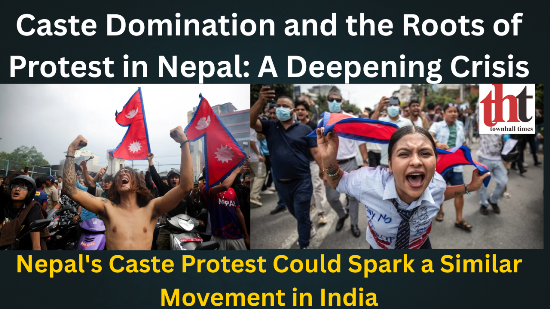

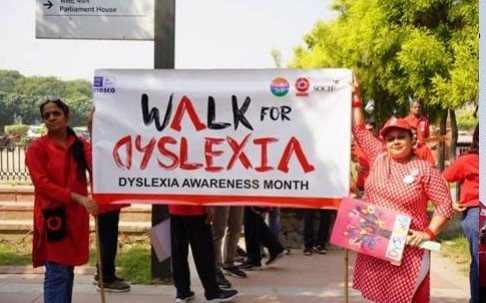

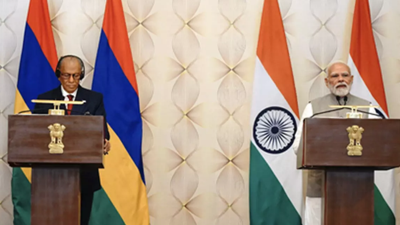
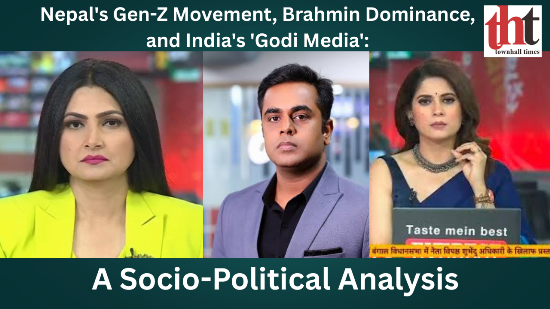

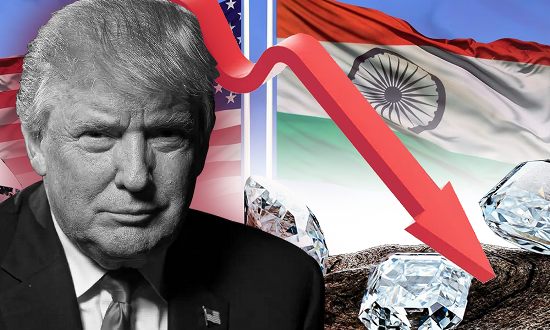


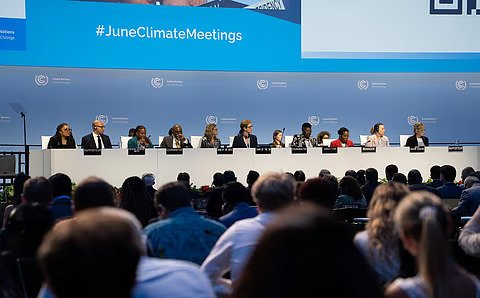
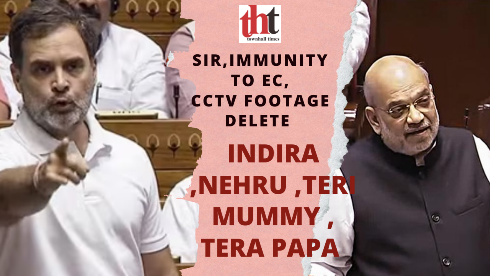

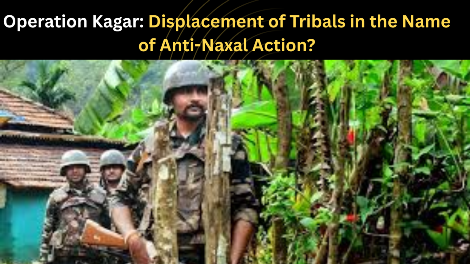
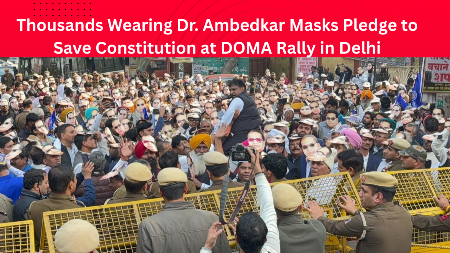
Leave a Reply